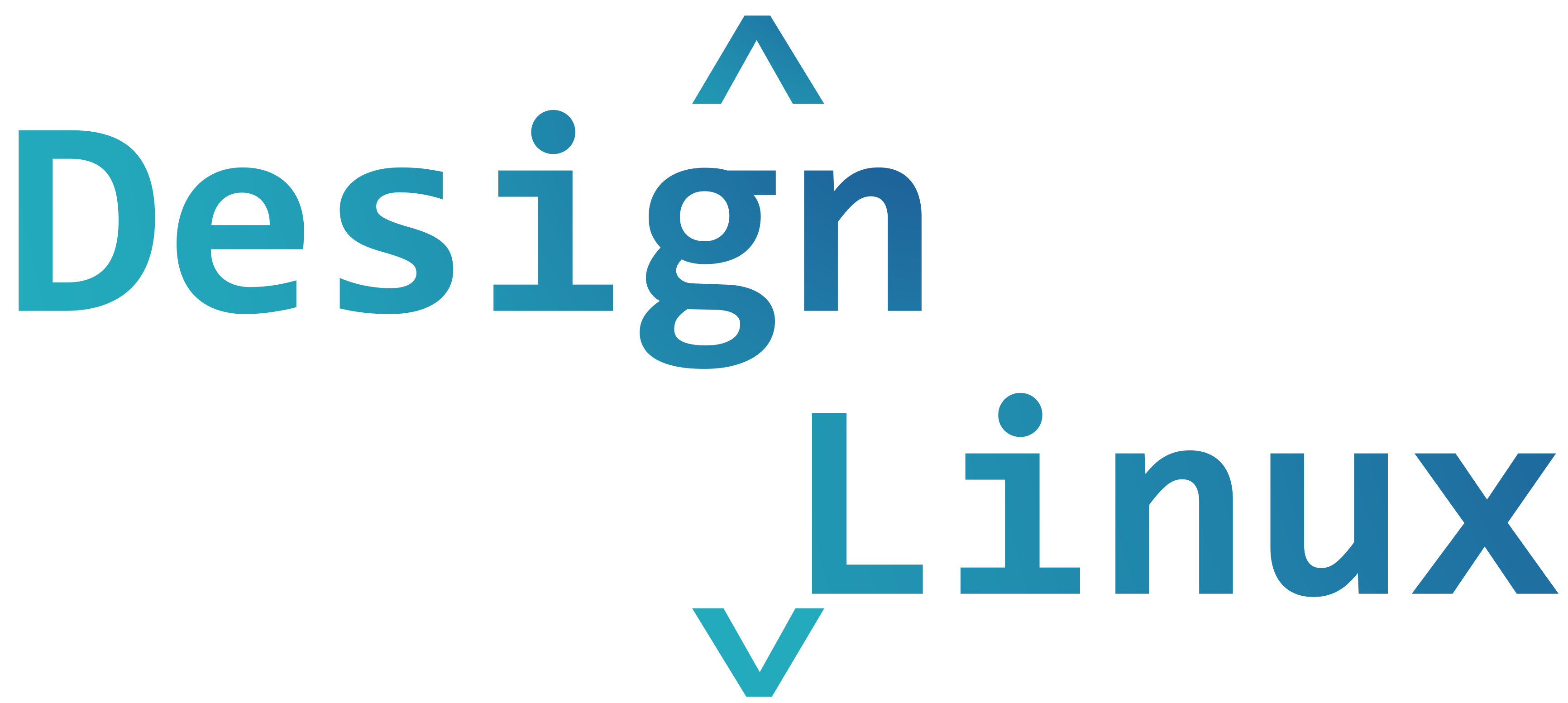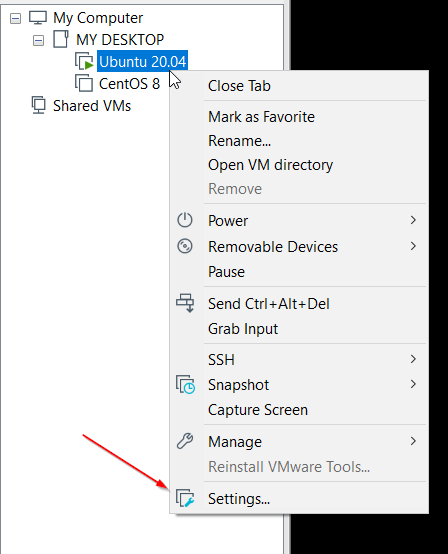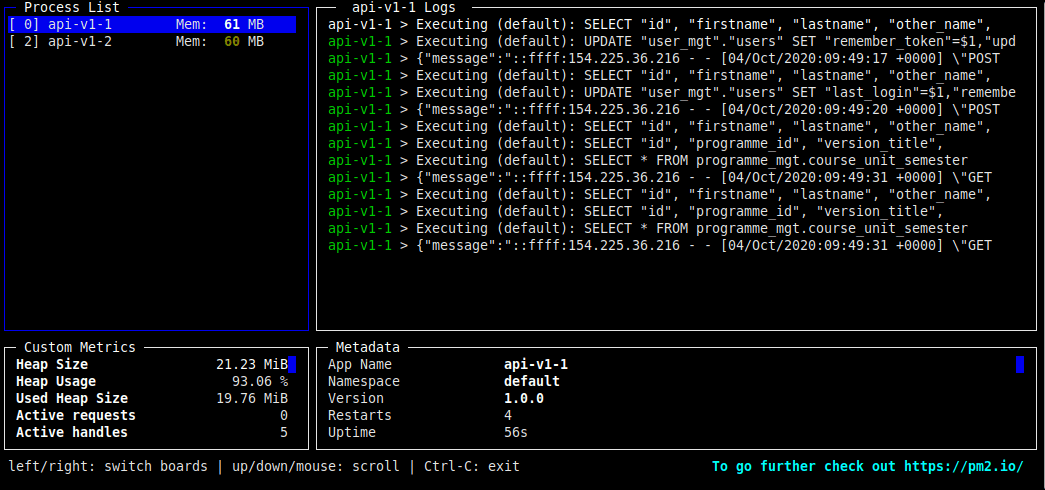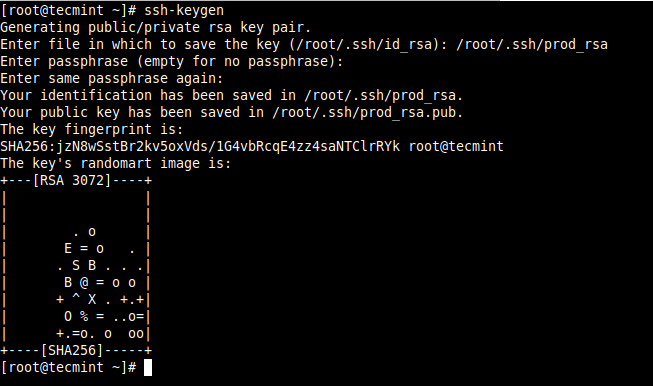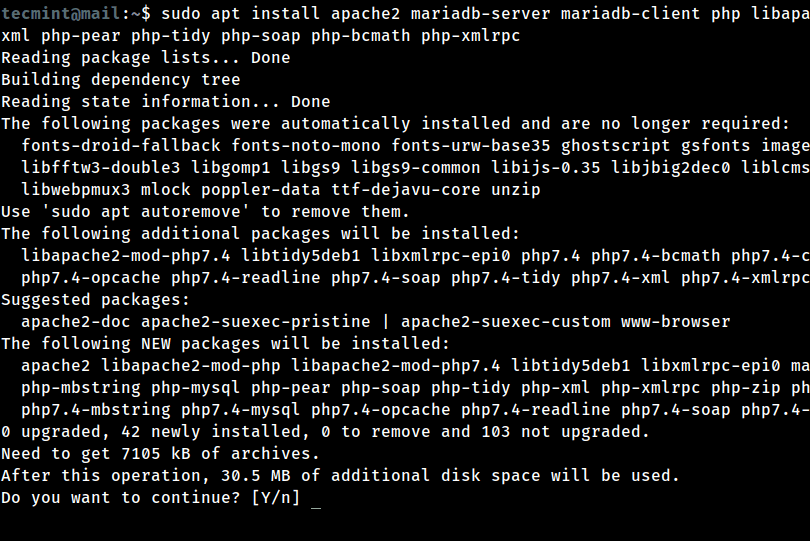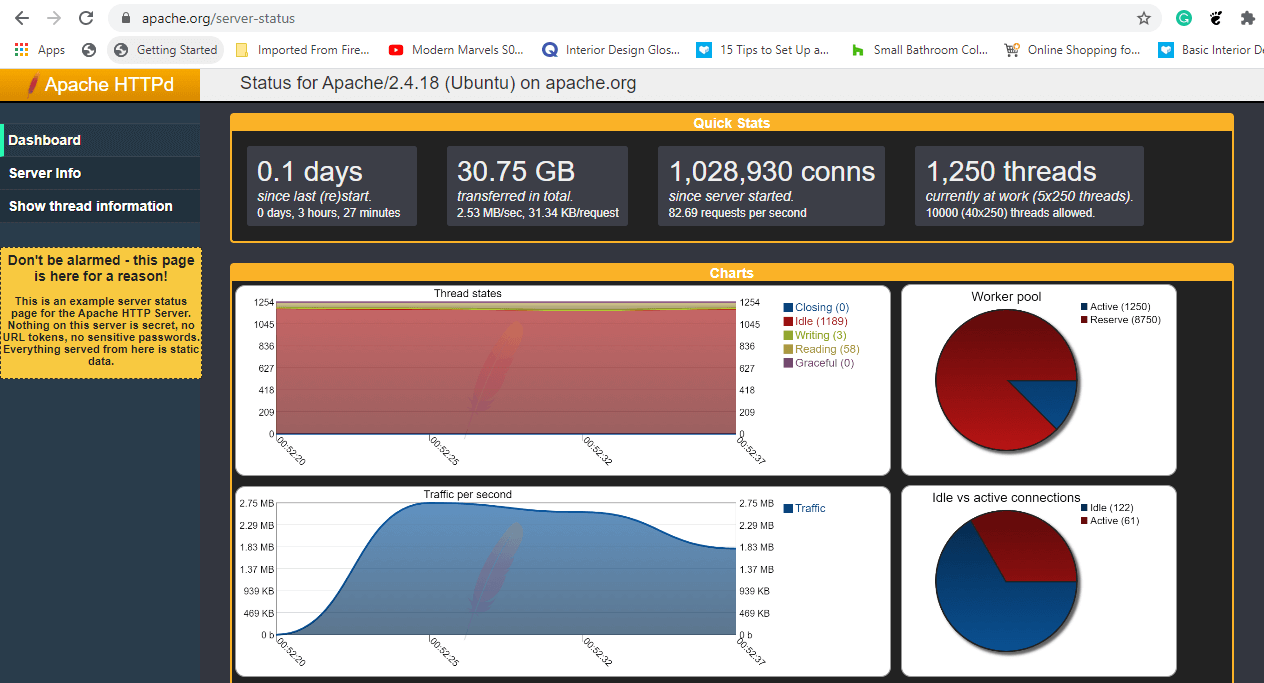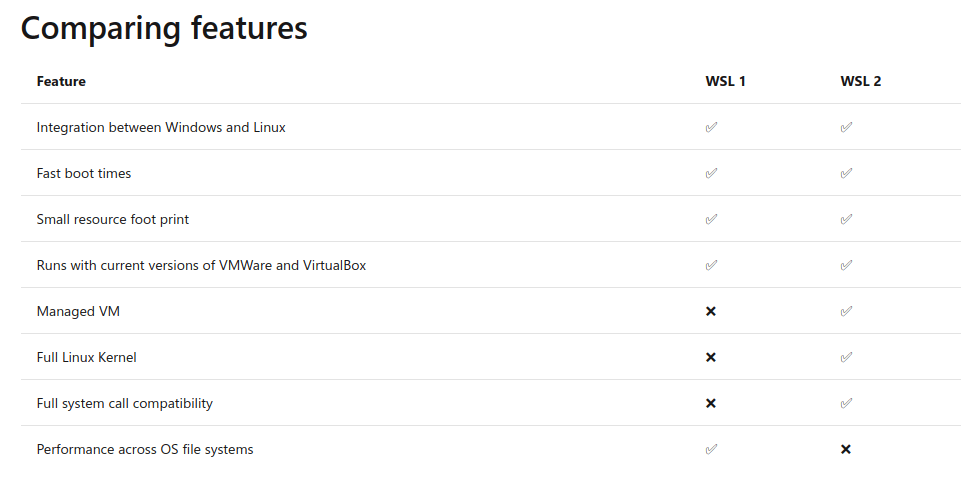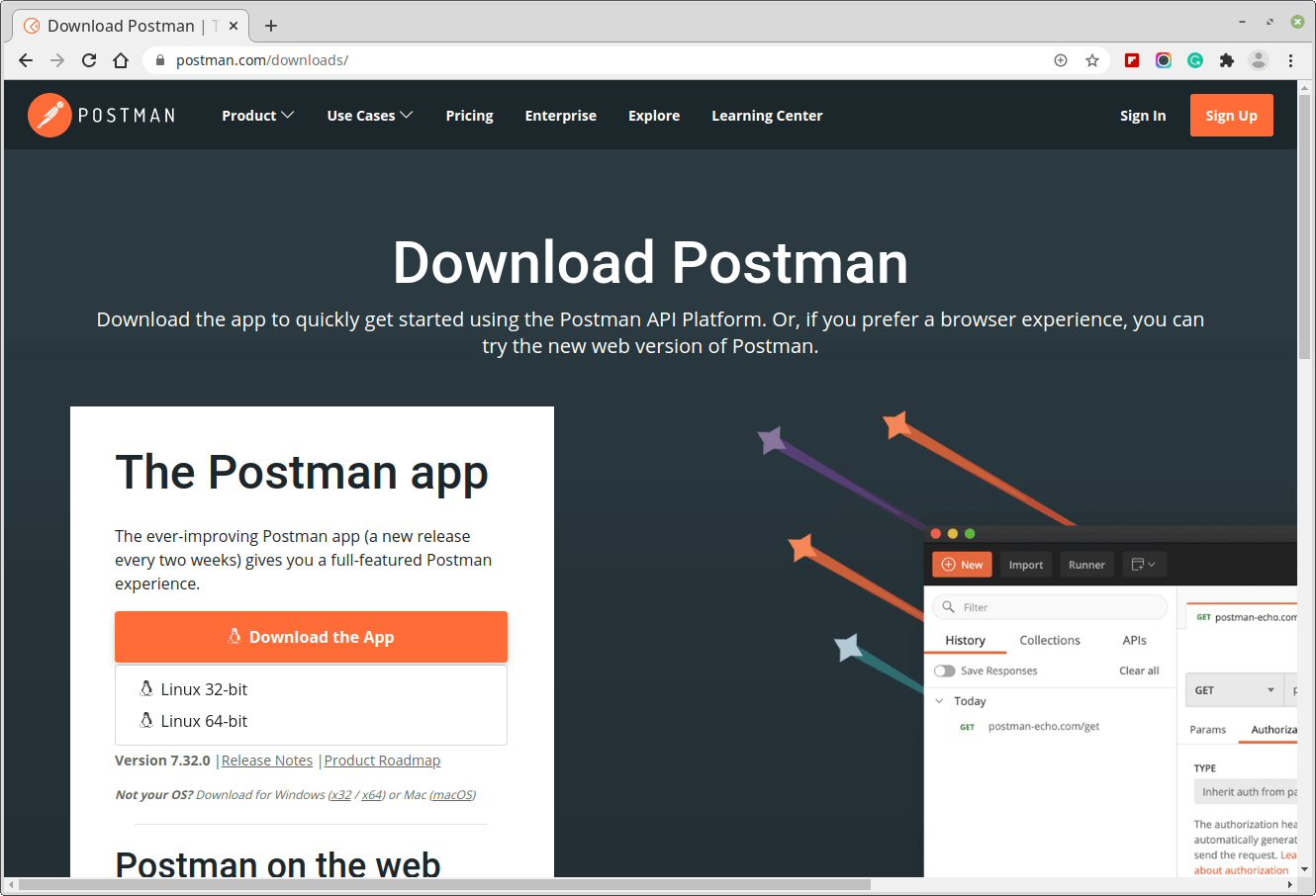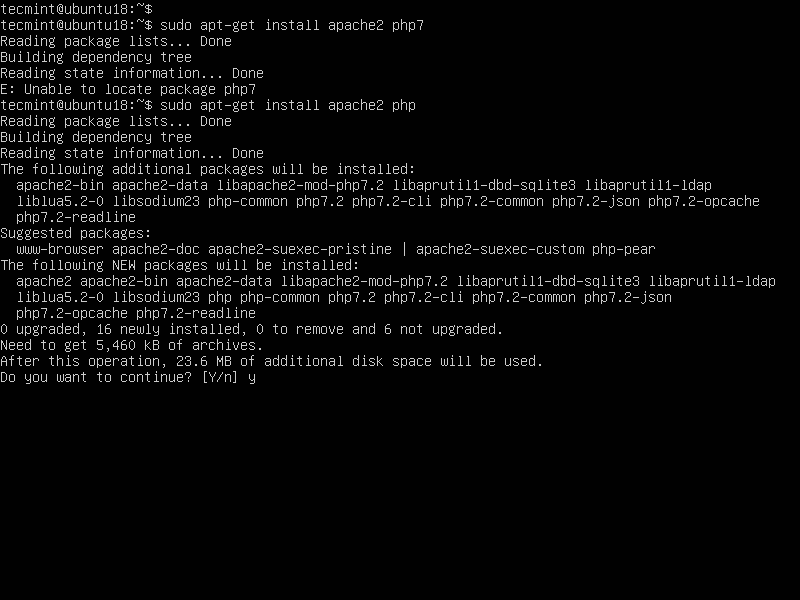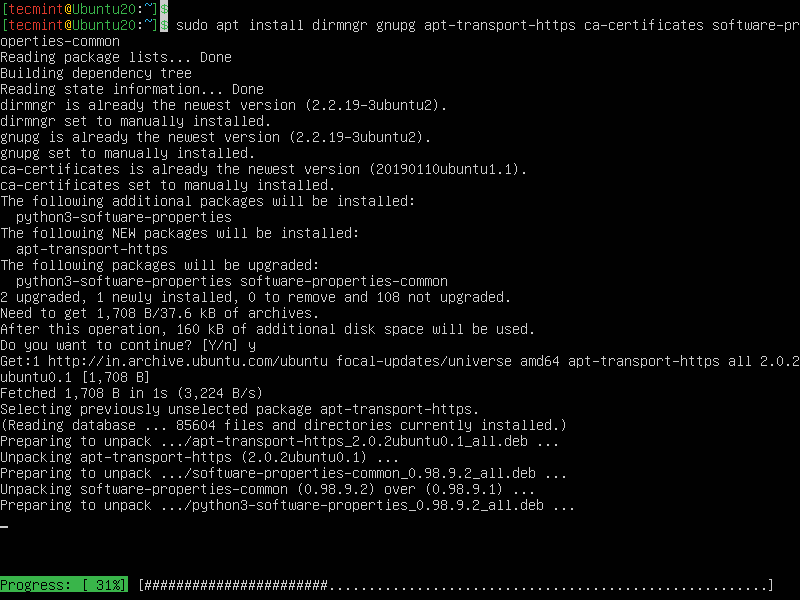In this article, we are going to see how to share a local folder with a remote host running on VMWare Workstation. If you are someone wondering what VMWare Workstation is, it is a hypervisor that runs on X64 Linux and Windows operating systems providing features to run virtual machines. You might also want to
Ubuntu - Page 8 of 13 - DesignLinux
How to Monitor Node.js Applications Using PM2 Web Dashboard
PM2 is a popular daemon process manager for Nodejs with a complete feature set for a production environment, that will help you manage and keep your application online 24/7. A process manager is a “container” for applications that facilitates deployment, enables you to manage (start, restart, stop, etc..) the application at runtime, and provides for
Setup Passwordless SSH Login for Multiple Remote Servers Using Script
SSH Key-based authentication (also known as public-key authentication) allows for password-less authentication and it is a more secure and a much better solution than password authentication. One major advantage of SSH password-less login, let alone security is that it allows for automation of various kinds of cross-server processes. Related Read: How to Secure and Harden
How to Install Drupal with Apache on Debian and Ubuntu
Developing your website from scratch can be a daunting task. It’s time-consuming and expensive if you are planning to hire a developer. An easy way to get your blog or website off the ground is using a CMS (content management system) like Drupal. Drupal is an open-source content management system (CMS), written in PHP and
How to Monitor Apache Performance Using mod_status in Ubuntu
While you can always have a peek at Apache log files to get information about your webserver such as active connections, you can get a very detailed overview of your web server’s performance by enabling the mod_status module. What is the mod_status module? The mod_status module is an Apache module that allows users to access
How to Install Windows Subsystem for Linux
The Windows Subsystem for Linux (WSL) runs a GNU/Linux Environment which includes most of the command-line utilities and applications on top of Windows OS. Traditionally there are many ways we can set up Linux OS to work with. Either it can be a dual boot, running through VMWare or VirtualBox, or installing it as our
How to Install Postman on Linux Desktop
Postman is the most popular collaboration platform for API (Application Programming Interface) development, which is used by 10 million developers and 500,000 companies all over the world. The Postman API platform offers features that simplify API development and offers a wide range of tools that enable teams to share and collaborate on APIs. Postman is
How to Install Yii PHP Framework on Ubuntu
Yii (pronounced Yee or [ji:]) is a free and open-source, fast, high performance, secure, flexible yet pragmatic, and efficient generic web programming framework for developing all kinds of web applications using PHP. In this article, you will learn how to install the latest version of the Yii framework in Ubuntu LTS (long-term support) releases to
How to Setup a Complete Mail Server (Postfix) using ‘SquirrelMail’ (Webmail) on Ubuntu/Debian
Creating a mail server on Linux powered machines can be one of the most essential things that every system administrator needs to do while configuring the servers for the first time, if you don’t know what it means; it’s simple, if you have a website like “example.com”, you can create an email account like “[email protected]”
How to Install MongoDB Community Edition on Ubuntu
MongoDB is an open-source, document database based on the cutting edge technology of NoSQL. It supports the development of modern web applications, with features such as strong consistency, flexibility, expressive query languages, and secondary indexes plus a lot more. Additionally, it offers organizations great scalability and performance for building modern applications with powerful and mission-critical
